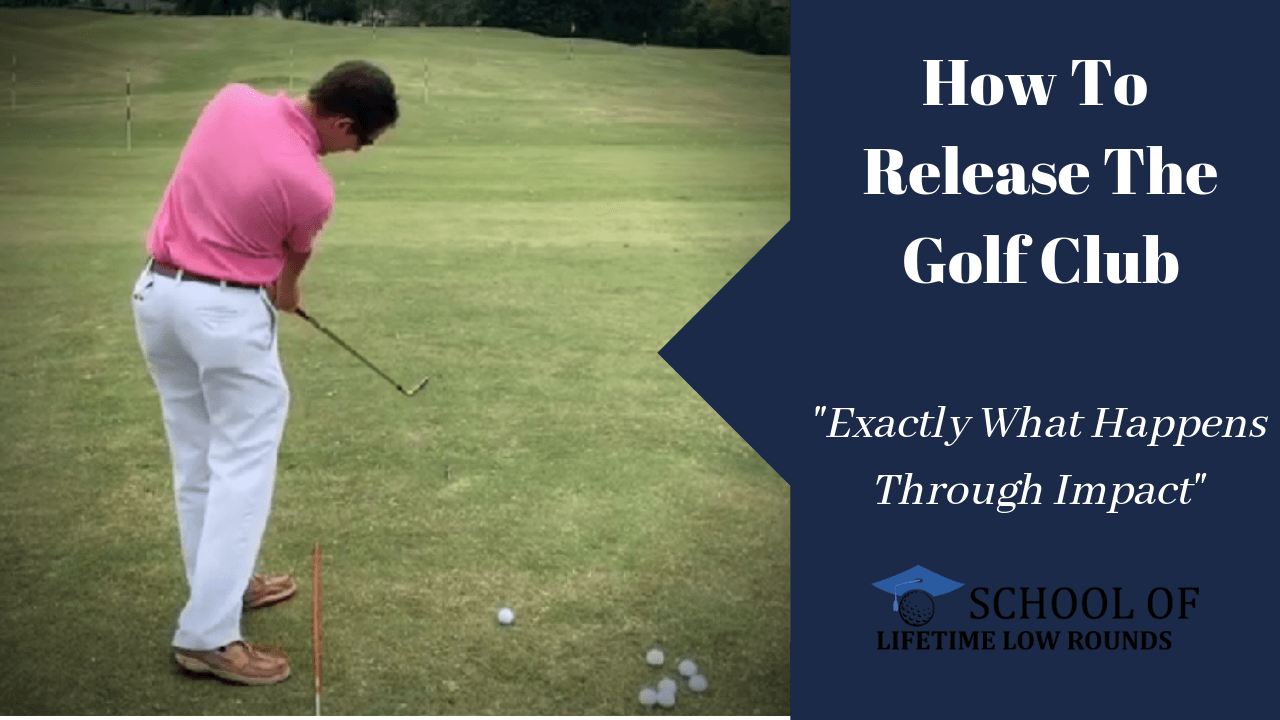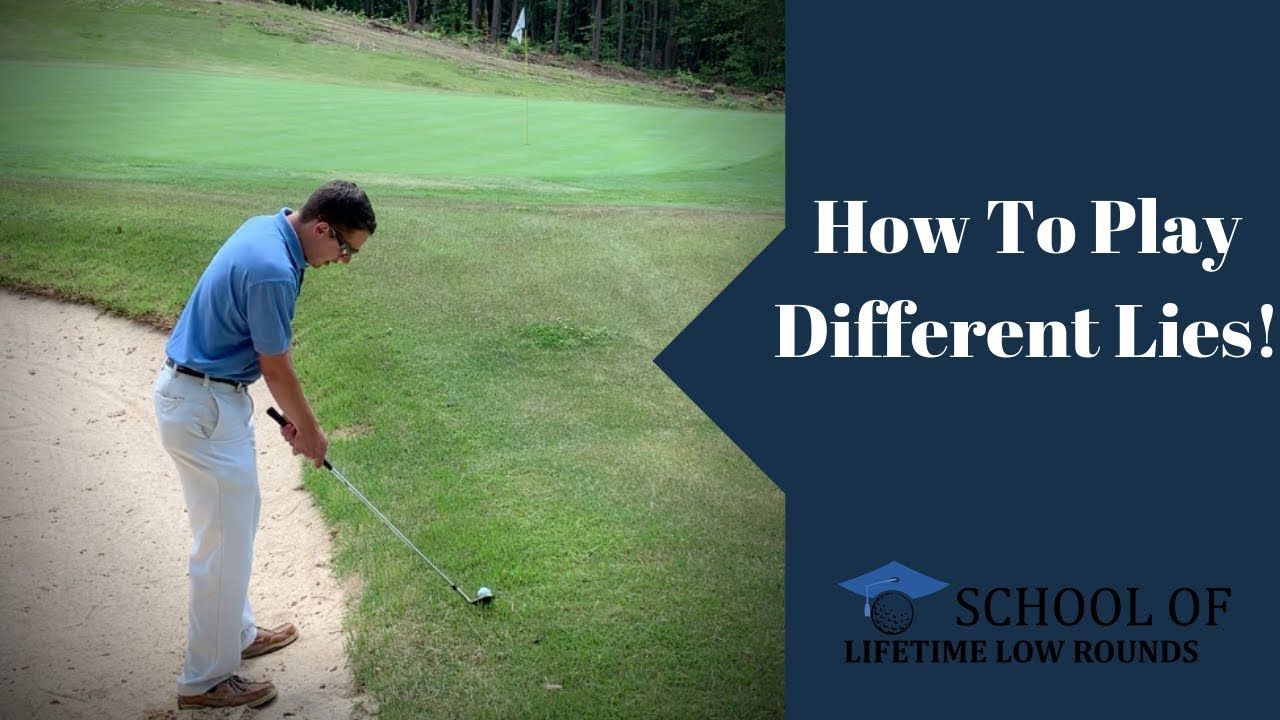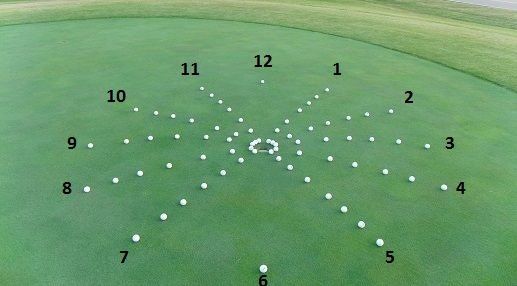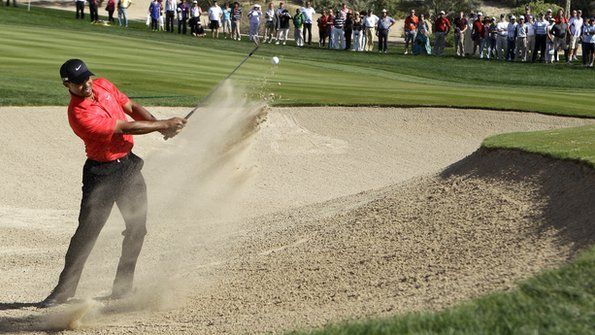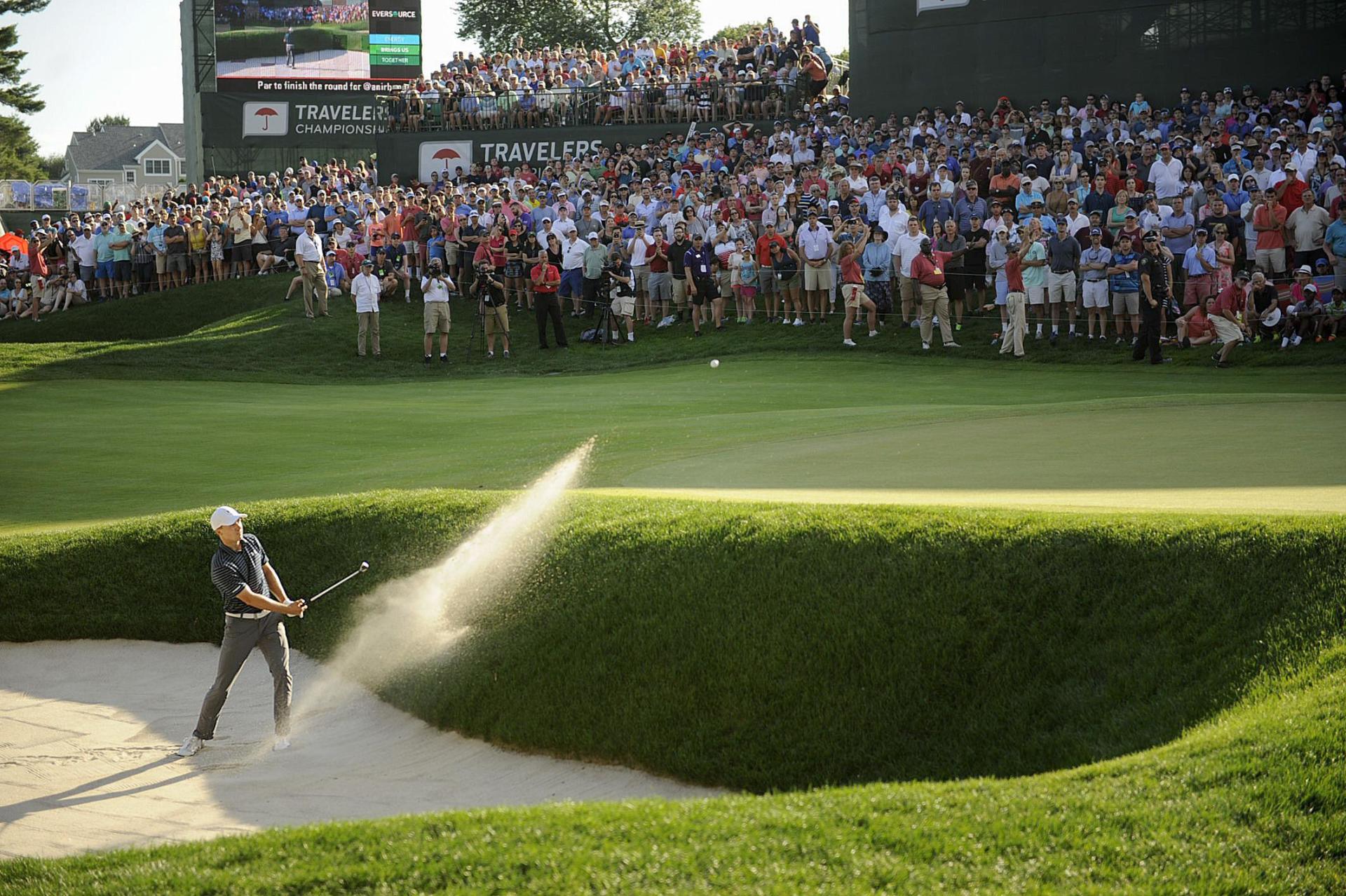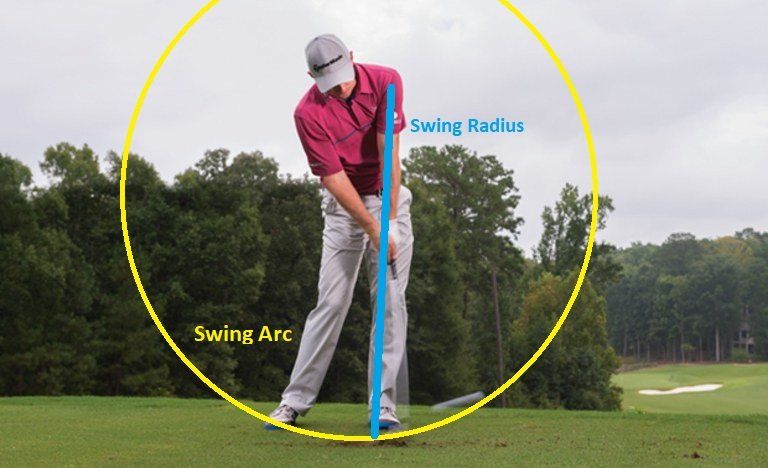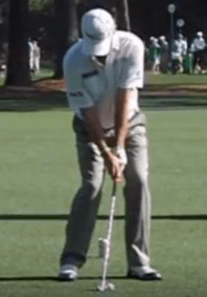How To Fix Fat and Thin Shots!
Fat and Thin Shots are normally 2 of the most frustrating shots to hit in this game. We have all experienced them, but when it is a common occurrence it almost makes you want to quit the game and pick up bowling. If this is happening to you then please read this before you try and pick up another hobby.
One of the biggest reasons amateurs hit fat or thin shots is due to a stalled pivot and a shift of the swing center at the left shoulder to the left wrist. Notice in the swing sequences below of Paul Lawrie and how his left shoulder has continued to move around and up through his follow through.

If the pivot stalls(hips along with the shoulder not opening up) then you run out of space to fit the swing radius as shown above by the red line. This is why you hit fat or thin shots.
The fat shots occur from not making enough room to fit the radius and you hit behind the ball. The thin shots occur from you finally getting smart and realizing "this ain't working" and you bend the left elbow "chicken wing" to shorten the radius from hitting the ground.
To fix this, enjoy the video below!
To recap:
- Place the alignment stick through the front two belt loops
- Work on getting the hips open by using visual of the alignment stick to gauge if the hips are open at impact
- Check to see if your right forearm is touching the alignment stick at release point where club is parallel to the ground just before impact as shown in the video
Apply this and you will see improvement in your ball striking. Thanks for watching!
